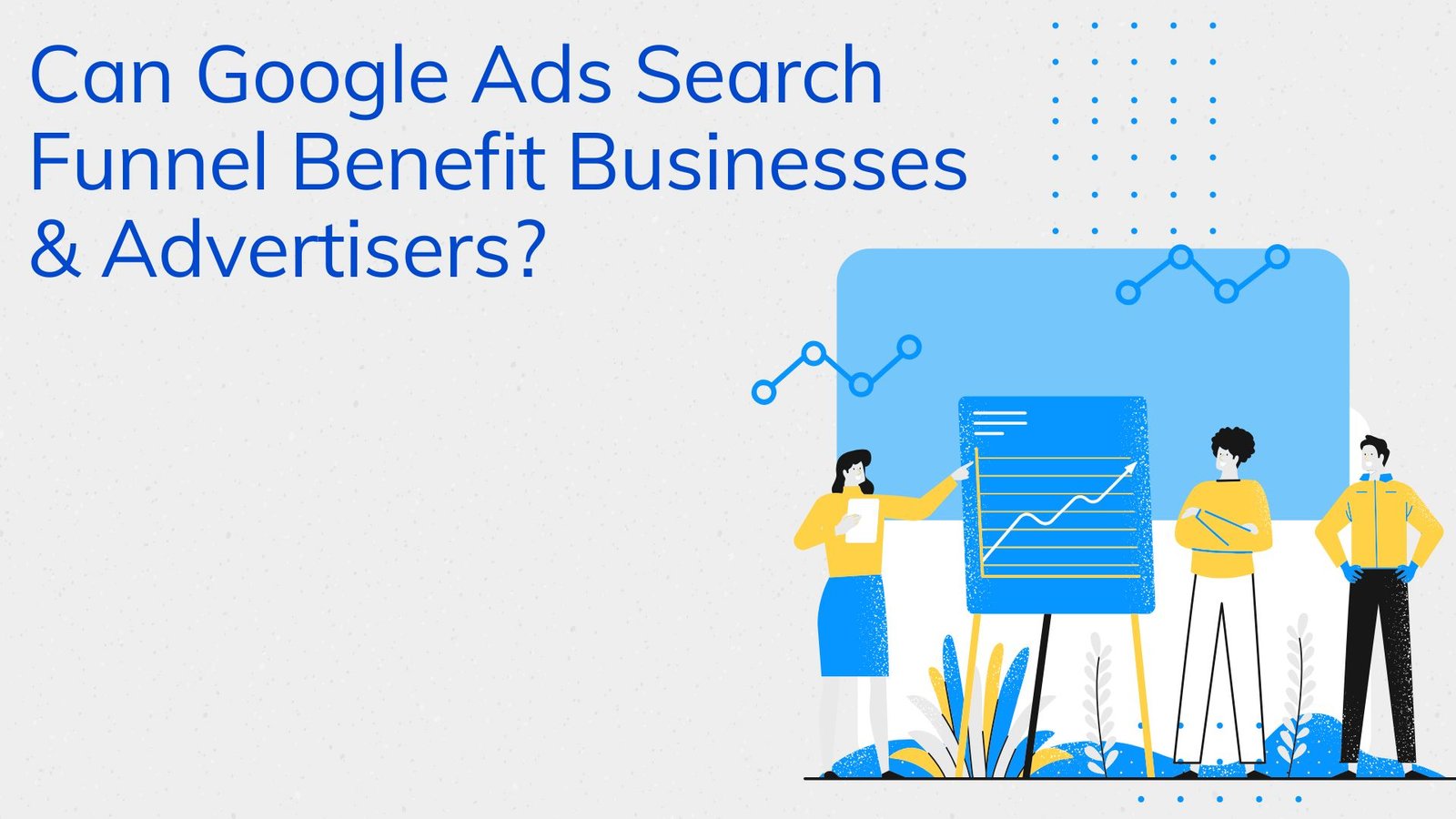Google Ads is a powerful platform for businesses looking to reach their target audience and drive conversions. One of the essential aspects of using Google Ads effectively is understanding the search funnel. The search funnel represents the different stages a potential customer goes through before making a purchase. By leveraging the Google Ads search funnel, businesses and advertisers can guide users through these stages, improving their chances of conversion. This article explores how the search funnel works and the benefits it offers to businesses and advertisers.
What is the Google Ads Search Funnel?
The Google Ads search funnel refers to the various stages that a user goes through when searching for products or services online. It begins when a user first becomes aware of a product or service and continues through the stages of consideration and decision-making until they make a purchase. Understanding these stages helps advertisers tailor their campaigns to address the specific needs of users at each point of their journey.
Stages of the Google Ads Search Funnel
The Google Ads search funnel typically consists of three main stages:
- Awareness Stage: In this initial stage, users become aware of a product or service. They may not yet have a specific need but are gathering information. During this stage, users tend to perform broad searches, looking for general information about a product or industry. Advertisers can create campaigns that focus on raising awareness by using keywords and ad copy that highlight the unique benefits of their offerings.
- Consideration Stage: At this stage, users have identified a need or problem and are actively searching for solutions. They may compare different options and gather more detailed information. Advertisers should focus on providing detailed content and highlighting the advantages of their products or services through targeted ads. Keywords in this stage tend to be more specific, as users are looking for more refined information.
- Decision Stage: In the decision stage, users are ready to make a purchase. They have researched and compared their options and are now looking for the best deal or offer. Advertisers should focus on promoting special offers, discounts, or incentives to encourage users to complete their purchase. Keywords in this stage are often the most specific, such as brand names or product models.
Benefits of Using the Google Ads Search Funnel
Understanding and utilizing the Google Ads search funnel can offer numerous benefits for businesses and advertisers. Here are some of the key advantages:
1. Improved Targeting
The search funnel allows advertisers to tailor their ad campaigns to different stages of the user journey. This helps businesses target users with more precision, ensuring that they reach the right audience with the right message at the right time. For instance, ads for the awareness stage can focus on educating users, while ads for the decision stage can highlight special offers or promotions. This targeted approach increases the likelihood of conversions.
2. Enhanced Ad Relevance
By focusing on the different stages of the search funnel, businesses can create ads that are highly relevant to users’ search intent. When ads align with what users are searching for, it leads to better engagement and higher click-through rates (CTR). Google rewards ads that are more relevant by giving them a higher Quality Score, which can reduce the cost-per-click (CPC) and improve ad positioning.
3. Better Budget Allocation
The search funnel can help businesses allocate their advertising budgets more effectively. By understanding where users are in their journey, advertisers can decide where to invest more money. For example, businesses may choose to spend more on the decision stage if they want to maximize conversions or invest more in the awareness stage if their goal is to build brand recognition. This strategic allocation ensures that advertisers get the most value out of their ad spend.
4. Increased Conversion Rates
Using the search funnel allows advertisers to nurture users through each stage, which can ultimately lead to higher conversion rates. When users feel that a business understands their needs and provides relevant information at every step, they are more likely to trust the brand and make a purchase. This gradual process of building trust and providing value through the funnel can significantly boost conversion rates.
5. Insights into User Behavior
The search funnel provides valuable insights into how users behave during their buying journey. By analyzing which keywords and ads perform best at each stage, businesses can learn more about their audience’s preferences and pain points. This data can be used to refine ad strategies, create more effective campaigns, and improve overall marketing efforts. Understanding user behavior also helps businesses anticipate shifts in demand and adjust their strategies accordingly.
How to Optimize Campaigns for Each Stage of the Funnel
Optimizing Google Ads campaigns for each stage of the search funnel involves creating customized ad copy, choosing the right keywords, and using appropriate ad formats. Here are some tips for optimizing campaigns at each stage:
- Awareness Stage: Use broad match keywords and display ads to introduce your brand to potential customers. Focus on creating engaging content that captures attention and provides value.
- Consideration Stage: Utilize more specific keywords and focus on search ads that provide detailed information about your products or services. Use features like ad extensions to highlight key benefits.
- Decision Stage: Emphasize urgency and special offers in your ad copy to encourage users to take action. Use remarketing campaigns to remind users of the products they viewed and offer incentives to complete their purchase.
Conclusion
The Google Ads search funnel is a valuable tool for businesses and advertisers looking to guide potential customers through their buying journey. By understanding the stages of search funnel, advertisers can create tailored campaigns that resonate with users at each step, leading to better engagement and higher conversion rates. Using this strategic approach, businesses can make the most out of their advertising efforts, ensuring that they reach their target audience with the right message at the right time.



